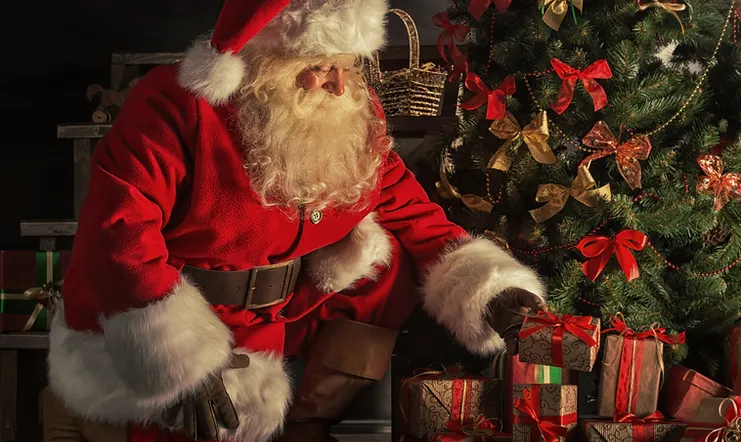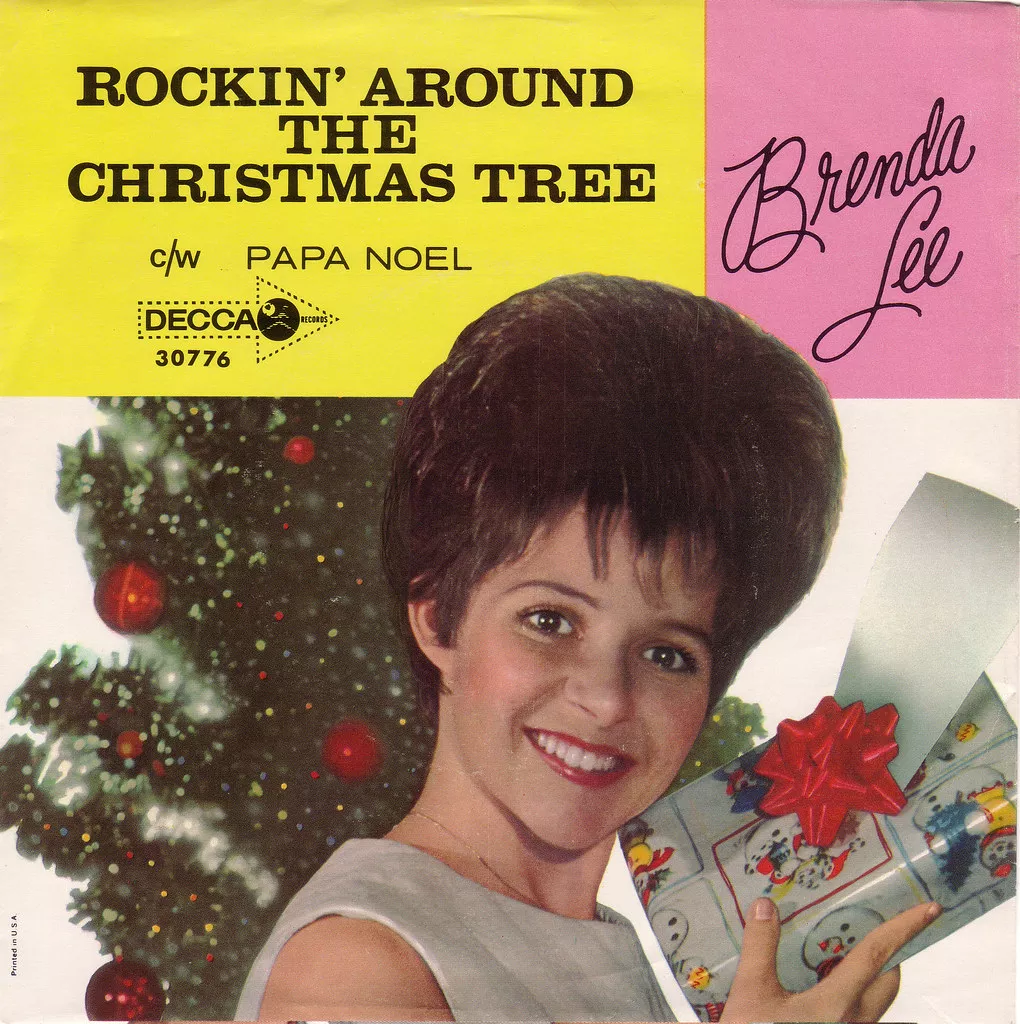Every year, as winter blankets the world in snow and festive lights twinkle in the night, the legendary figure of Santa Claus emerges, embodying the spirit of generosity and joy. With his iconic red suit, snowy white beard, and a sack full of gifts, Santa has become an enduring symbol of the holiday season. But, have you ever wondered about the origins and evolution of this beloved character? Join us on a journey through history, folklore, and tradition as we unwrap the layers of the fascinating story of Santa Claus.
The roots of Santa Claus can be traced back to ancient folklore and mythologies that predate Christianity. In Norse mythology, Odin, the wise and bearded god, flew through the winter sky on a magical flying horse, bearing gifts during the Yule season. This echoes the generous spirit of the modern-day Santa Claus. Similarly, the Roman festival of Saturnalia, with its feasting and gift exchanges, contributed to the evolving narrative of a benevolent figure during the winter festivities.
Fast forward to the 4th century, where the Christian saint, Nicholas, the Bishop of Myra, entered the Santa Claus narrative. Known for his acts of kindness and generosity, St. Nicholas became the patron saint of children and sailors. The tradition of gift-giving on St. Nicholas’ feast day, December 6th, spread across medieval Europe.
As European settlers brought their traditions to America, so did Sinterklaas, a Dutch figure inspired by St. Nicholas. The 18th century saw the continuation of gift-giving customs, including the tradition of leaving shoes out for gifts. The Americanization of Santa Claus began with Washington Irving, who portrayed a jolly St. Nicholas flying in a wagon, and Clement Clarke Moore, whose poem “A Visit from St. Nicholas” popularized the image of Santa with a sleigh and reindeer.
The 19th century marked a significant transformation with the illustrations of Thomas Nast in Harper’s Weekly. Nast’s depictions showcased Santa at the North Pole, maintaining the essence of the character we know today. Coca-Cola’s 1931 advertising campaign, featuring illustrations by Haddon Sundblom, contributed to the modern image of Santa in a red suit with a white fur trim. While Coca-Cola didn’t invent Santa, they played a crucial role in shaping his contemporary appearance.
Santa Claus has not only undergone a visual evolution but also diversified across cultures. In Italy, La Befana, a kind witch, delivers gifts on Epiphany Eve. Scandinavia celebrates the Yule Goat, and in some cultures, the Christkind, a childlike figure, is the bearer of gifts. The global variations enrich the character of Santa Claus, reflecting the diverse ways people celebrate the holiday season.
The 20th century witnessed Santa Claus becoming an integral part of popular culture. From songs to movies, Santa’s image continued to evolve and capture the hearts of generations. The internet age brought new dimensions to the Santa experience, with websites, emails, and personalized video messages connecting Santa with children worldwide.
The story of Santa Claus is a fascinating journey through time, blending ancient myths, religious traditions, folklore, literature, and commercial influences. From the humble beginnings of St. Nicholas to the global phenomenon he is today, Santa Claus encapsulates the essence of giving, kindness, and joy that defines the holiday season. As you hang your stockings and anticipate the sound of sleigh bells, take a moment to appreciate the rich tapestry of history that brought Santa into our hearts and homes. This holiday season, let the magical spirit of Santa Claus remind us of the universal values that make this time of year so special.




